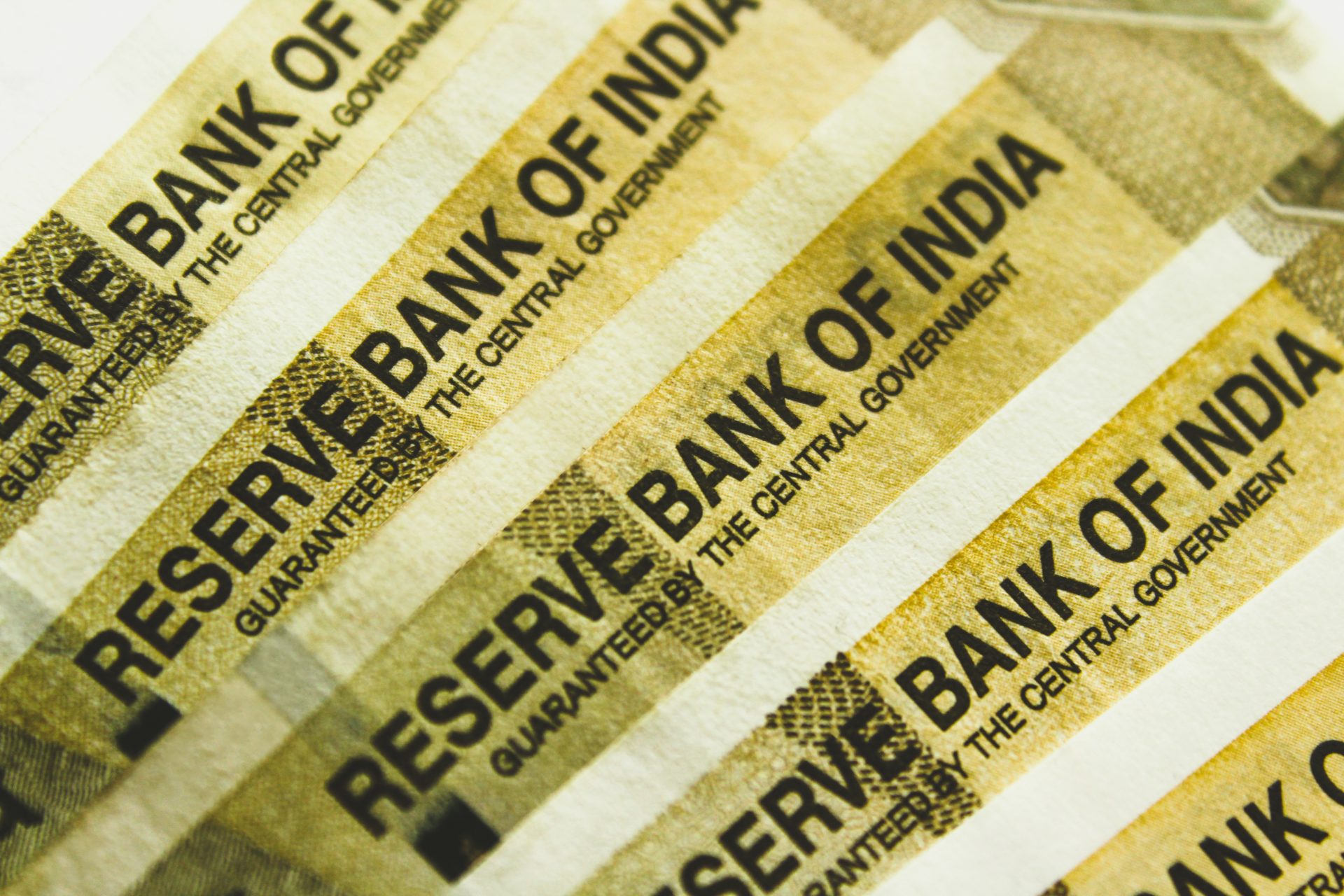Lately investors in debt mutual funds have been singed and savers in some banks like PMC bank have been charred.
So it’s a very timely launch of an exchange traded fund which comprise of bonds of government owned public sector units and financial institutions.
The Bharat Bond Exchange traded fund will invest in AAA rated bonds where the chance of default is virtually nil.
What is an Exchange Traded fund, as against a mutual fund? A Mutual fund is typically bought and sold via an Asset Management company whereas an ETF is listed and traded like a stock on the exchange.
Some Features of the Bharat Bond ETF
- Bharat Bond ETF will have two tenures – 3 and 10 years.
What it means is that investors can invest in the 3 year or 10 year product and take money back on maturity ie the principal plus the accumulated return.
- No interest or dividend will be paid during the tenure.
- Although the exact return cannot be predicted for the 3 year product you can expect a 6.5% return. The product will mature in April 2023.
- For the 10 year product maturing in April 2030, the indicative return will be about 7.5%.
Taxation
- The tax incidence on the gains for the investors will be akin to a debt mutual fund taxation. If holding period is less than 3 years than it will be taxed as short term capital gains. If held for more than 3 years, then the gain will be taxed as long term capital gains which is currently at 20% plus surcharge after indexation benefits.
- The three year product will have benefit of 4 indexations and the 10 year will have 11 indexations. If an average of 4% inflation is assumed then post tax return for the 3 year bond ETF will be about 6.2% and 10 year 6.9%.
Liquidity
- The sponsors will retain market makers who will quote regularly on the exchange and will hopefully ensure liquidity for investors who need to sell before the maturity date.
- For very large investors the sponsors will assist in investing as well as redemption.
YAY or Nay?
No doubt there is a gap in the market and need for a product like the Bond ETF. The fixed maturity plan investor will need no explanation and will lap it up. For the uninitiated it will take some time to understand the NAV movements as bond prices also change on market movements like equity albeit not as violently.
The key is the safety of the underlying bonds and the attractive tax arbitrage as against a fixed deposit with bank.
Liquidity will be key which will define the success of the product which will be evident once the product is listed.
The investor has to be comfortable with the idea of no dividend or interest income.
Over all a YAY!
Foot Note
The Actual bonds which the ETF will invest is not known but the universe is as follows. Additions and deletions can be made to the list.
1. NATIONAL HIGHWAYS AUTHORITY OF INDIA
2. INDIAN RAILWAY FINANCE CORP. LTD.
3. POWER GRID CORP. OF INDIA LTD.
4. REC LIMITED
5. NTPC LTD.
6. INDIAN OIL CORP. LTD.
7. NUCLEAR POWER CORP. OF INDIA LTD.
8. POWER FINANCE CORP. LTD.
9. NLC INDIA LTD.
10. EXPORT-IMPORT BANK OF INDIA
11. NATIONAL BANK FOR AGRICULTURE & RURAL DEVELOPMENT
12. NHPC LTD
13. SMALL INDUSTRIES DEVELOPMENT BANK OF INDIA
14. HOUSING AND URBAN DEVELOPMENT BANK OF INDIA


No Comment